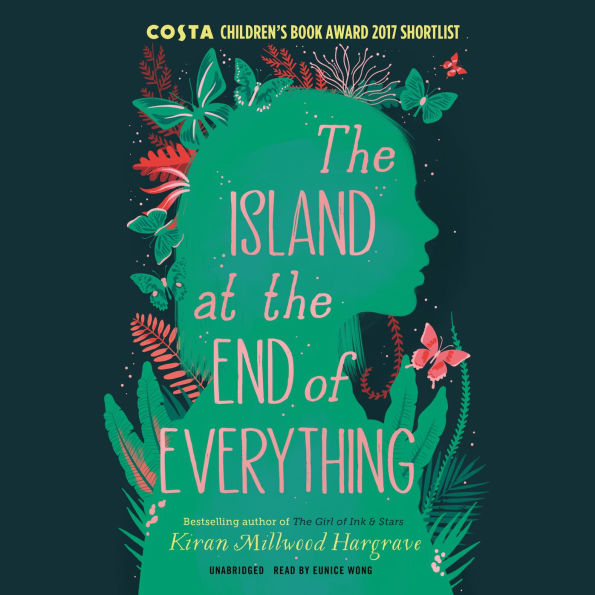"A heartbreaking and heartwarming must-read about love, loss, friendship, and determination in times of desperation."—Kirkus, starred review
"Hargrave tells an incredible story of compassion, love, and daring in this book’s pages, and her lyrical writing glides with the grace of a butterfly. "—Booklist, starred review
"Hargrave gives dignity to the colony’s legacy, showcasing the beauty of the island and the strength and love of the residents. "—VOYA, starred review
A poignant story filled with heart-warming courage as a young girl takes on a harrowing journey to be reunited with her mother
Ami lives on Culion, an island in the Philippines for people who have leprosy. Her mother is among the infected. Ami loves her home: with its blue seas and lush forests, Culion contains all she knows and loves. But the arrival of malicious government official Mr. Zamora changes her world forever. Islanders untouched by sickness are forced to leave for a neighboring island, where the children are placed in an orphanage. Banished across the sea, Ami is desperate to return to Culion before her mother's death. She finds a strange and fragile hope in a colony of butterflies. Can they lead her home before it's too late? Heartrending yet hopeful, celebrated newcomer Kiran Hargrave's novel is a story about loss, perseverance, and faith.
A poignant story filled with heart-warming courage as a young girl takes on a harrowing journey to be reunited with her mother
Ami lives on Culion, an island in the Philippines for people who have leprosy. Her mother is among the infected. Ami loves her home: with its blue seas and lush forests, Culion contains all she knows and loves. But the arrival of malicious government official Mr. Zamora changes her world forever. Islanders untouched by sickness are forced to leave for a neighboring island, where the children are placed in an orphanage. Banished across the sea, Ami is desperate to return to Culion before her mother's death. She finds a strange and fragile hope in a colony of butterflies. Can they lead her home before it's too late? Heartrending yet hopeful, celebrated newcomer Kiran Hargrave's novel is a story about loss, perseverance, and faith.

Editorial Reviews
Product Details
| BN ID: | 2940175172998 |
|---|---|
| Publisher: | Blackstone Audio, Inc. |
| Publication date: | 10/11/2022 |
| Edition description: | Unabridged |
| Age Range: | 8 - 11 Years |
Videos



